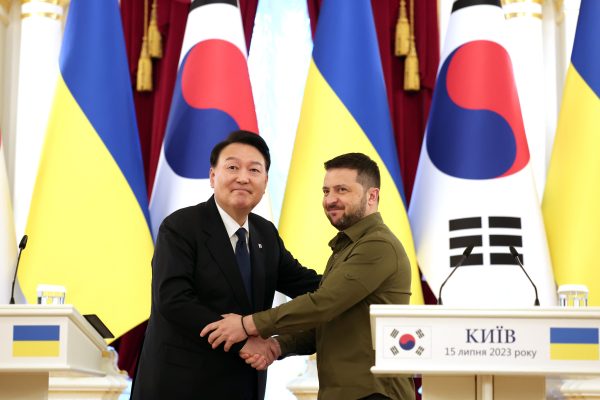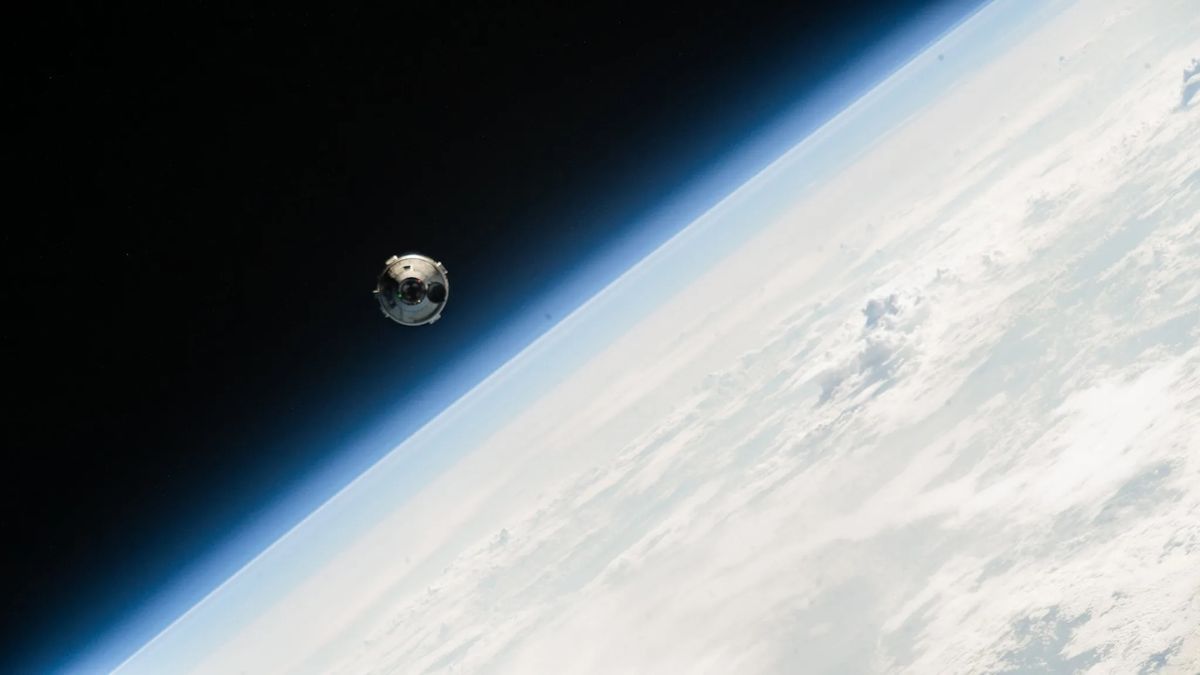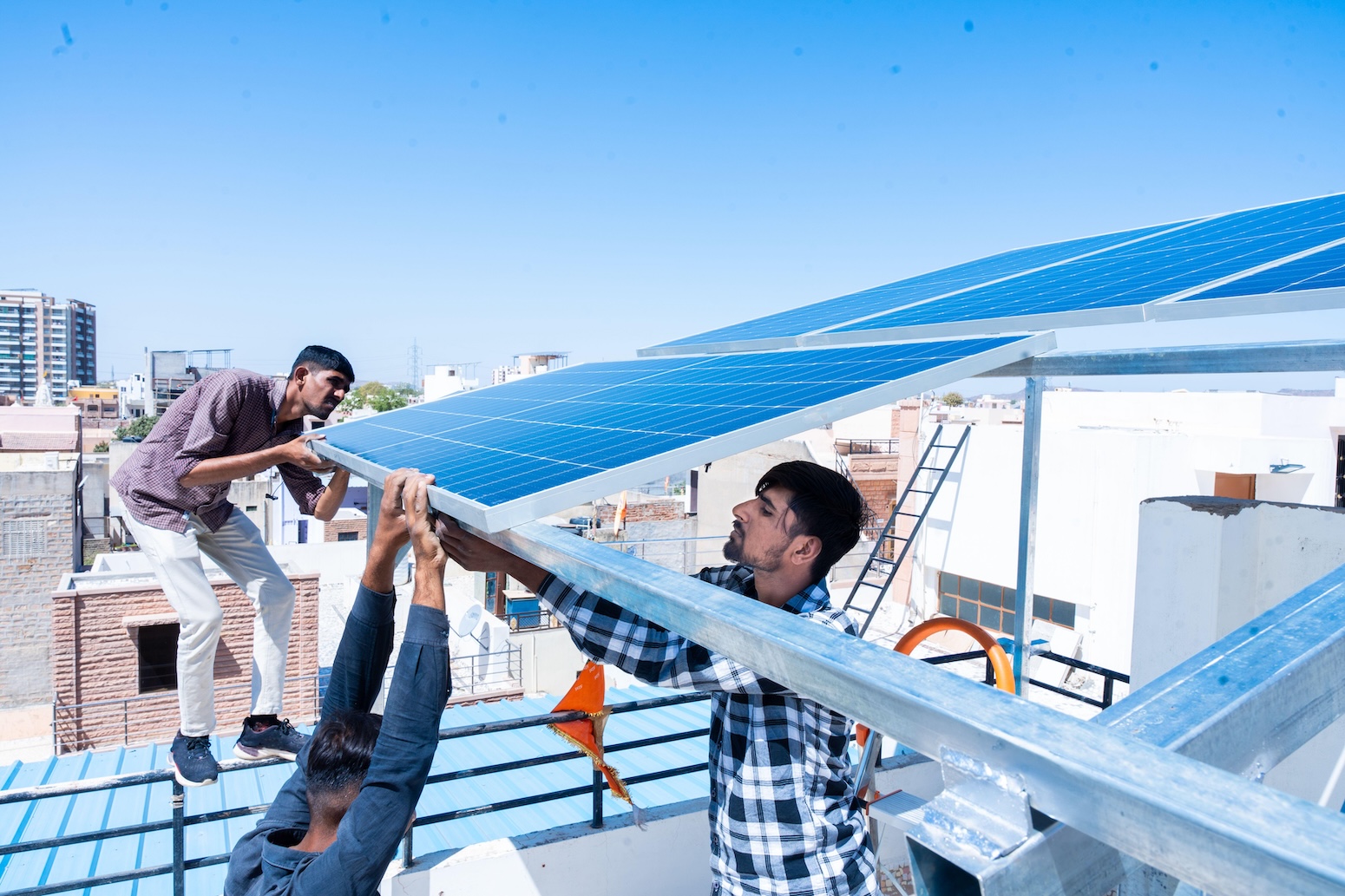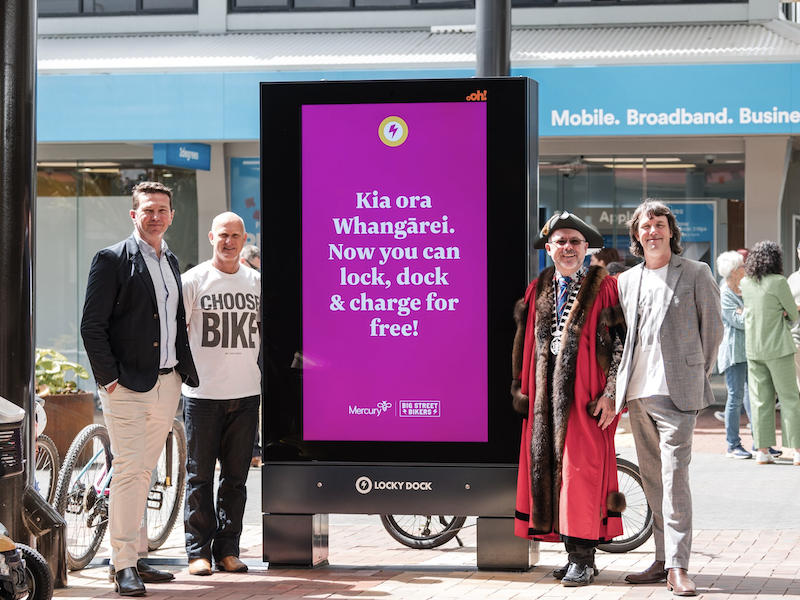As Volodymr Zelensky strode into a hall filled with Washington’s political elite, the Ukrainian president took a moment to greet those with the most at stake: the row of Ukrainian waitstaff left outside the room’s glass wall.
In his subsequent speech to the Reagan Foundation, Zelensky asked U.S. officials to lift the restrictions on using American weapons, which he said would help stem Russia’s bombardments of Kharkiv and other Ukrainian cities.
For at least one of the waiters, the appeal was personal. Two years ago, she fled to the U.S. from Ukraine’s second-largest city.
While Russia has targeted Ukraine regularly with missiles and drones, Zelensky highlighted its strikes on population centers with guided bombs: munitions packed with enough explosive to level a building in a single strike. He said Russia was dropping some 3,500 such bombs per month.
To prevent the attacks, Zelensky pushed for permission from the U.S. to use long-range weapons to target airfields hundreds of miles inside Russia.
“We can protect our cities from Russian guided bombs if American leadership makes a step forward and allows us to destroy Russian military aircraft on their bases,” he said.
While praising American aid as a whole, he also framed American deliveries of 31 Abrams tanks, once the center of a major political push, as ultimately too few to make a difference.
“I’m not sure that such a number of tanks can change the situation on the battlefield,” said Zelensky.
Ukraine similarly needed more F-16s, likewise the target of a longstanding political pressure campaign, Zelensky added. While NATO members have said they will send 65 F-16s to Ukraine, Zelensky said his country needed at least 128 to offset Russia’s air superiority.
Even as Zelensky praised U.S. support under the Biden administration, he also sought to avoid alienating Republican candidate Donald Trump, who improperly held up Ukrainian aid during his first term, pressed GOP lawmakers to end it as he campaigned, and says he will cut it if reelected.
Asked if Putin would get along better with Trump than Biden had, Zelensky framed the Russian leader as an implacable enemy of the United States. “Biden and Trump are very different. But they are supportive of democracy. And that’s why I think Putin will hate both of them,” he said.
The U.S. isn’t Ukraine’s only ally, of course, and other NATO allies said they were committed to helping Ukraine as well.
Speaking just days after a visit to Odesa with Zelensky, new British defense minister John Healey reiterated a promise today during a NATO event to deliver all military aid pledged in April within the first 100 days of Britain’s new Labour government.
“We have to admit that we have been moving too slow,” Danish Prime Minister Mette Frederiksen said today at a separate NATO panel. “It’s not enough to provide the Ukrainians with what they need to to defend themselves. We have to provide them with what is needed so they can beat Russia.”
Frederiksen’s statement contrasted with the more measured tones more often heard from the U.S., including from National Security Advisor Jake Sullivan, who avoided any mention of beating Russia in a Tuesday address to the U.S. Chamber of Commerce.
“We’re committing to stand with Ukraine in the face of this aggression,” said Sullivan, who later called on Ukraine to “prevail” against Russia.
And European leaders and CEOs, despite a common shared picture of the importance of victory, highlighted gaps in European military capabilities even more than two years into full-scale war in Ukraine.
The 1.5 billion euros that the EU has pledged for a new defense fund is “peanuts,” SAAB CEO Micael Johansson said at one NATO panel. The EU “can step up and put a huge amount of money in that fund, more than 100 billion euros, and then you will see things happening,” he said.
“We have serious gaps in meeting our capability targets,” Petr Pavel, president of the Czech Republic, said at a separate NATO panel today.
Estonian prime minister Kaja Kallas added that some governments want to buy weapons to meet the NATO benchmark of at least 2 percent of GDP on defense but are unable to find suppliers who are not already committed to filling orders amid Ukraine-related demand.
“One prime minister asked me: where can I spend? I want to spend 2 percent, but nobody’s selling [to] me now, because they don’t have anything,” Kallas said at the same panel.





















Discussion about this post